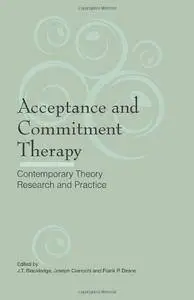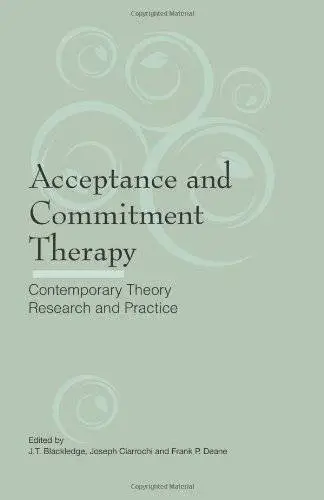Acceptance and Commitment Therapy: Contemporary Theory, Research and Practice by J.T. Blackledge and Joseph Ciarrochi
English | 2009 | ISBN: 1921513144 | 348 pages | PDF | 3 MB
English | 2009 | ISBN: 1921513144 | 348 pages | PDF | 3 MB
Showcasing the very latest in the theory, research and practice of Acceptance and Commitment Therapy (ACT) across a range of clinical applications, including eating disorders, depression, anxiety, schizophrenia, borderline personality disorder, PTSD and substance abuse, with contributions from leading ACT practitioners including co-founders Kirk Strosahl, Kelly Wilson and Rob Zettle. Chapters range from detailed treatments of the scientific and theoretical aspects of the ACT model and research program, to detailed discussions of how to apply ACT to a variety of human problems. Divided into two parts, the first section features theoretical treatments of ACT, with the second (and larger) section presenting extended descriptions of how to apply ACT in different contexts. This rich content mix reflects the strengths of the contextual behavioral science (CBS) research program espoused by Michael Levin and Steven Hayes from the University of Nevada. In the end, ACT is an applied treatment model, and as such, it lives and dies by its ability to effectively benefit a wide variety of clients. In order to make the treatment increasingly effective and to maximize understanding about precisely how the treatment works, its tenets must be theoretically coherent, firmly based on empirically tried and true principles, and must have its active psychological processes clearly identified and sufficiently assessed. This book clearly demonstrates such a mix of full application, an appreciation of basic-applied research linkage, clear and behaviorally-consistent conceptualization of specific problem areas, and coherent explication of the ACT model. This book will not only tell you what to do with clients struggling with various problems, it will also tell you how those things work.



